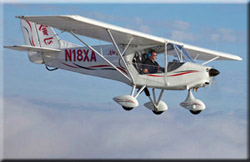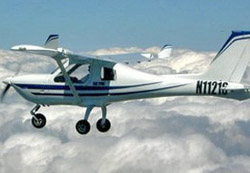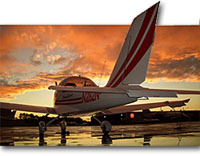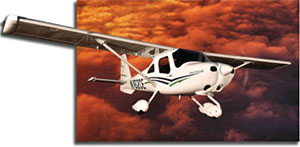In the last month, I’ve received many calls and emails from more than a dozen flight schools. Here, I will try to reduce the confusion — and some alarm — regarding IFR (flying by instrument reference) and LSA.
ASTM’s F37 committee is comprised of people with technical knowledge and they have done the nearly-impossible: start with a blank sheet of paper and create aircraft certification standards for the LSA sector… in just five years, and on the leanest of budgets. These volunteers from many countries created a series of standards, one of which is the Design and Performance Standard. Following a positive vote by committee members, all have been accepted by FAA.


An interesting contrast: Numerous FAA personnel with whom I’ve recently spoken support the use of LSA for IFR training including into IMC (though not all FAAers nor ASTMers agree!). FAA regulations governing LSA do not prevent IMC ops.

Additional info on the revised standard: IFR training in visual meteorological conditions (VMC) may be conducted by qualified pilots in a SLSA that meets the equipment requirements of part 91, sections 91.109, 91.205, and — for an airplane operated in controlled airspace under the IFR system — 91.411 and 91.413. However, if the aircraft is not approved for IFR operations under a type certificate, operations in instrument meteorological conditions (IMC) are prohibited by the proposed ASTM standard.
[UPDATE 9/1/10: A point of clarification is needed for this story — thanks to the sharp eye of Jeff van West, editor of IFR Magazine. *** I stand by all the preceding info as correct but I did not state that the manufacturer has ultimate authority over how their airplanes (or engines) may be used. Before or after the ASTM committee prohibition of flight into IMC, if a manufacturer said it does not want its airplanes flown IFR, that’s the end of it… no IFR for that brand. *** As with the ASTM committee, however, any manufacturer can change its mind, amend the Pilot Operating Handbooks (and other related documents), and begin offering IFR aircraft. In the same way, the committee may reverse itself on the IMC prohibition once the IFR standard is approved by committee and accepted by FAA.]



Leave a Reply